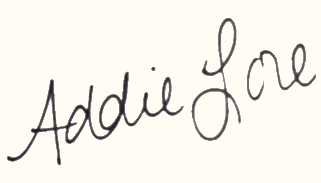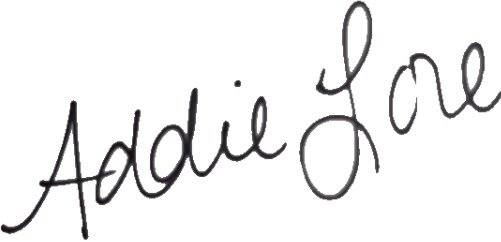Low Water Immersion Dyeing
I have been loving to learn about natural dyes this past year and all the things I can do with them, but I am not new to clothes dyeing. I started dyeing fabric when my older two were in diapers and I started my first business Diaper Circus. I started with a kit from Dharma Trading Company after reading that they had a lot more options, and would last a lot longer than Rit or Dylon from the craft store. I have been hooked ever since. In fact, the first line of Addie Lore lingerie was dyed using the low water immersion method from the book that came with my kit, Color by Accident by Ann Johnston, and using the recipes that I had developed back when I was making diapers.
There was one piece in my suitcase series that I have loved the idea of, but couldn’t get it just right. None of my samples felt the way I wanted them to. So I looked into my imagination of wearing this item, and realized what I had been getting wrong. The piece in my mind was dyed with these dyes I had quit working with, in the dark wonderful rainbows I used to make. I decided that it was time to dig back into low water immersion. Since Color by Accident is harder to get your hands on these days, I’m going to share a little of my process here. It is really rather simple.
The big difference between fiber reactive dyes and the ones you buy at the craft store is that you use a two step process. All dye processes require a fixative or mordant for the dyes to form a permanent bond with your fiber. craft store dyes have incorporated the fixative into the same mixture as your dye, but it loses effectiveness. For fiber reactive dyes on cellulose fibers (cotton, linen, bamboo, or hemp) the fixative is soda ash, which you can buy at your local grocery store labelled as Arm & Hammer washing soda. This is an ingredient that I use in natural dyeing as well, so I love that I can get it in a big box locally. Start by mixing this into water, one cup of soda ash per gallon of water. Dip your piece into here, or pour it over to saturate the fabric. Then comes the fun part — Color.
To start with, you only need to buy the three primary dyes. I use Light Red, Turquoise, and Golden Yellow. Lemon Yellow is a truer primary, but I prefer the sappy natural greens I get with golden yellow to the clear limes of lemon yellow. That is a matter of preference. I mix 4 tbs of powder into 2 cups of water in plastic canisters as my concentrate, and then the recipes below are made of tbs of liquid concentrate per cup of water. I just put the tablespoons into a one cup squeeze bottle and fill it the rest of the way with water. The boys helped this time, so it was extra messy. Since I was dyeing a large piece of fabric, we used a drop cloth in the yard, but in the past I have just used plastic shoeboxes and those bins you get for washing dishes.
This is what low water immersion means - if you used a big tub, and a lot of water, and stirred constantly, or used a washing machine, you can get pretty even coverage. If you use a lot of rubber bands and a specific pattern that is tie dye. With low water immersion you crinkle up the fabric into a container or shape that is a little tight, and then pour the color on. It pools and drains around the shapes of your fabric and the resulting pattern is unpredictable. You never really know what you are going to get until you unfold it and wash it out. You can get a monochromatic effect using one color at a time, a semi-solid like I used for diapers and the first Addie Lore underwear collection. If you use premixed dyes instead of the primaries, a lot of times the color constituencies will separate and create other interesting patterns. What I love to do is layer more than one dye and they overlap and push and separate each other in glorious ways. That is what we did for this dark rainbow. This will be made up into our spring equinox offering for the lovely Meghan Corder, over at Chapel and Cauldron.
Recipes-
Lotus: 4 tbs light red, 1 tbs turquoise
Koi: 3 tbs golden yellow, 2 tbs light red
Pollen: 4 golden yellow
Algae: 4 tbs golden yellow, 1/2 tbs turquoise
Inky: 3 tbs turquoise, 1/2 tbs light red






